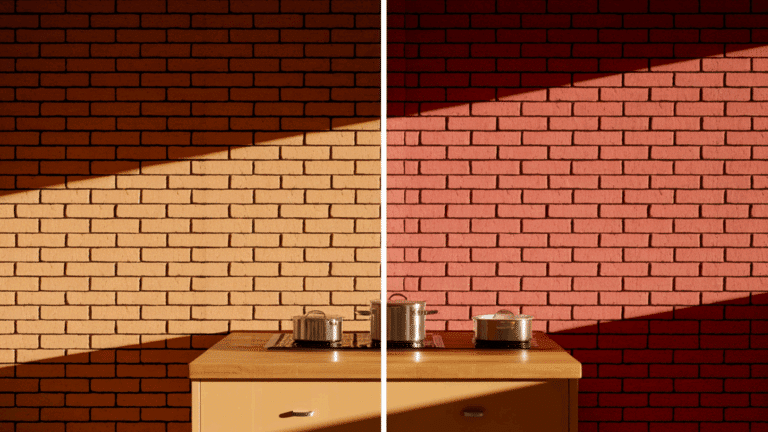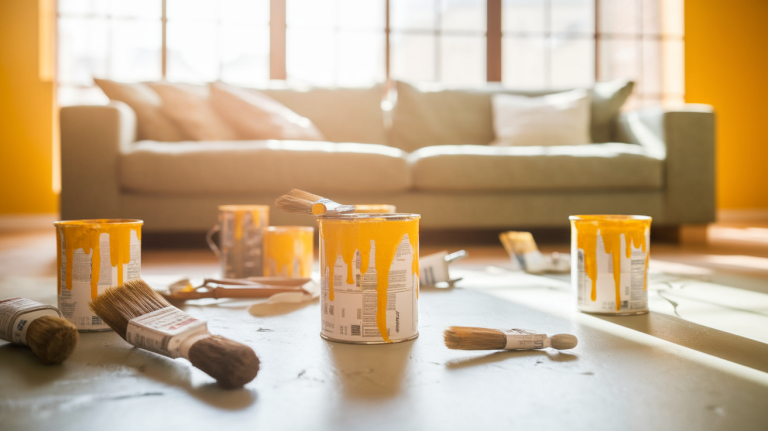A Guide to 10 Types of Deck Stains and Their Benefits
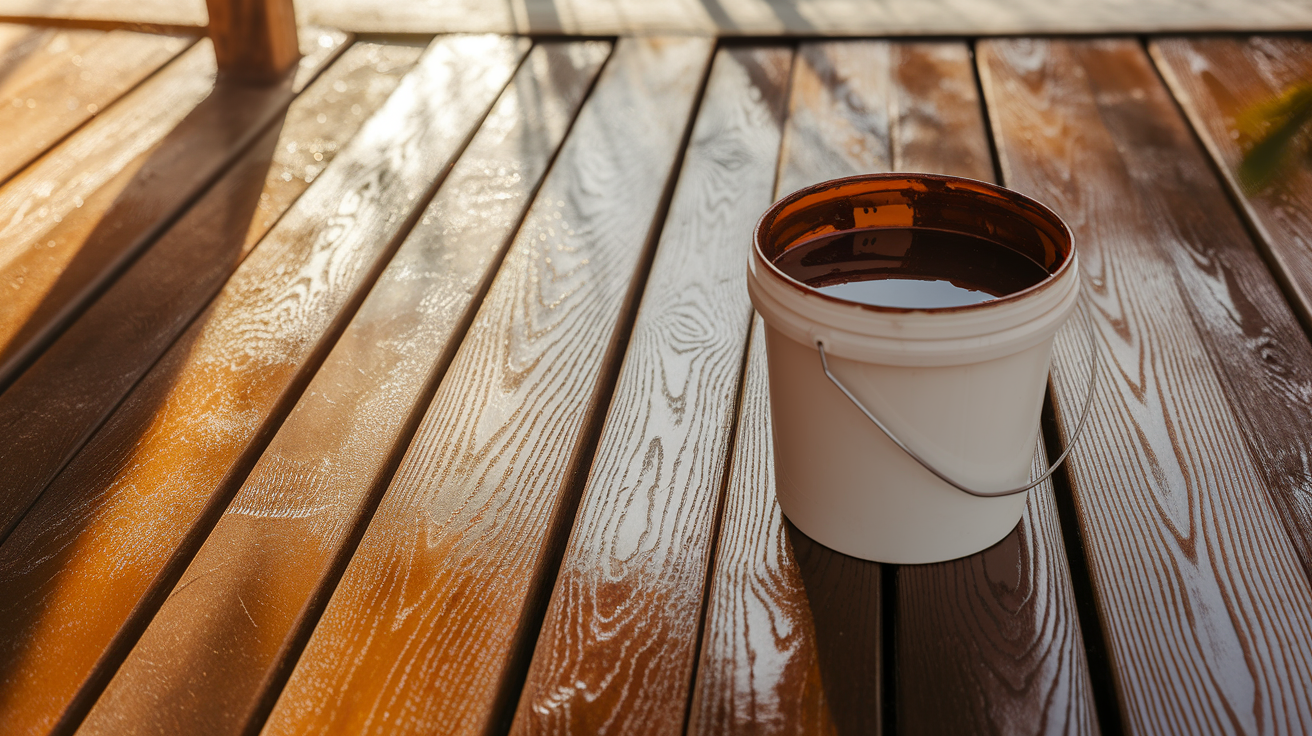
Choosing the right deck stain can change not just how your outdoor space looks but how long it lasts.
The perfect stain shields your wood from sun damage, repels water, and prevents the wear that comes with changing seasons and regular use.
Each type offers different levels of protection, appearance, and durability from transparent stains that showcase natural wood grain to solid colors that completely change your deck’s look.
This guide explains distinct types of deck stains, helping you understand their benefits and maintenance.
Types of Deck Staining
When it comes to protecting and beautifying your deck, the type of stain you choose makes all the difference.
Each option offers unique benefits, depending on your deck’s condition, the desired look, and the level of maintenance you’re willing to undertake.
1. Clear Sealers
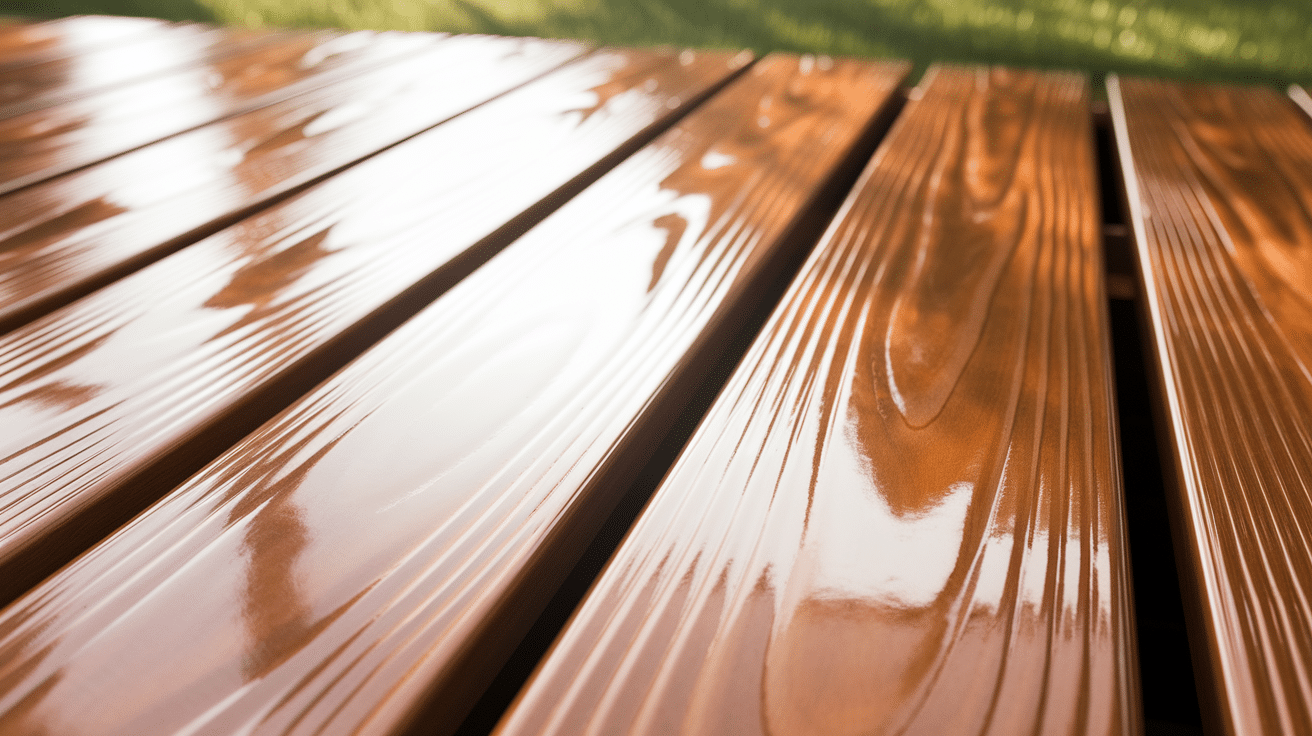
Clear sealers provide basic protection against moisture and water damage without changing the natural color of your wood.
They contain little to no pigment, allowing the full beauty of your wood grain to remain visible.
- Maintenance tip: Reapply every 1-2 years to maintain protection and ensure lasting results.
- Best uses: Ideal for new decks made from attractive woods like cedar or redwood, where showcasing the natural beauty is a priority.
2. Transparent Stains
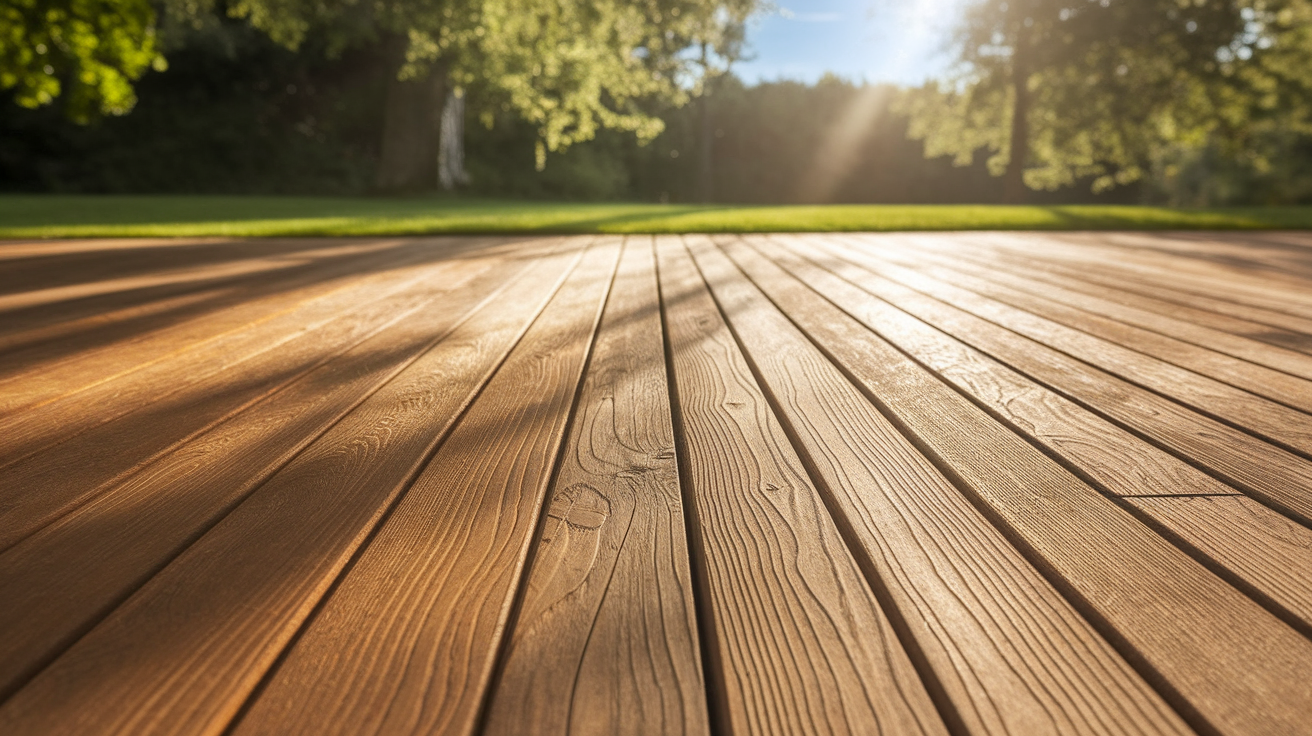
Transparent stains add a subtle hint of color while still keeping the wood’s grain and texture fully visible.
They contain a small amount of pigment, which provides slightly better UV protection than clear sealers but still allows the wood to gradually silver with sun exposure.
These stains enhance the wood’s natural beauty while adding a tint that can range from honey amber to rich cedar tones.
- Maintenance tip: Reapply every 1-2 years to preserve color and UV protection.
- Best uses: Works well for wood types where grain visibility is important, but additional UV protection is needed.
3. Semi-Transparent Stains
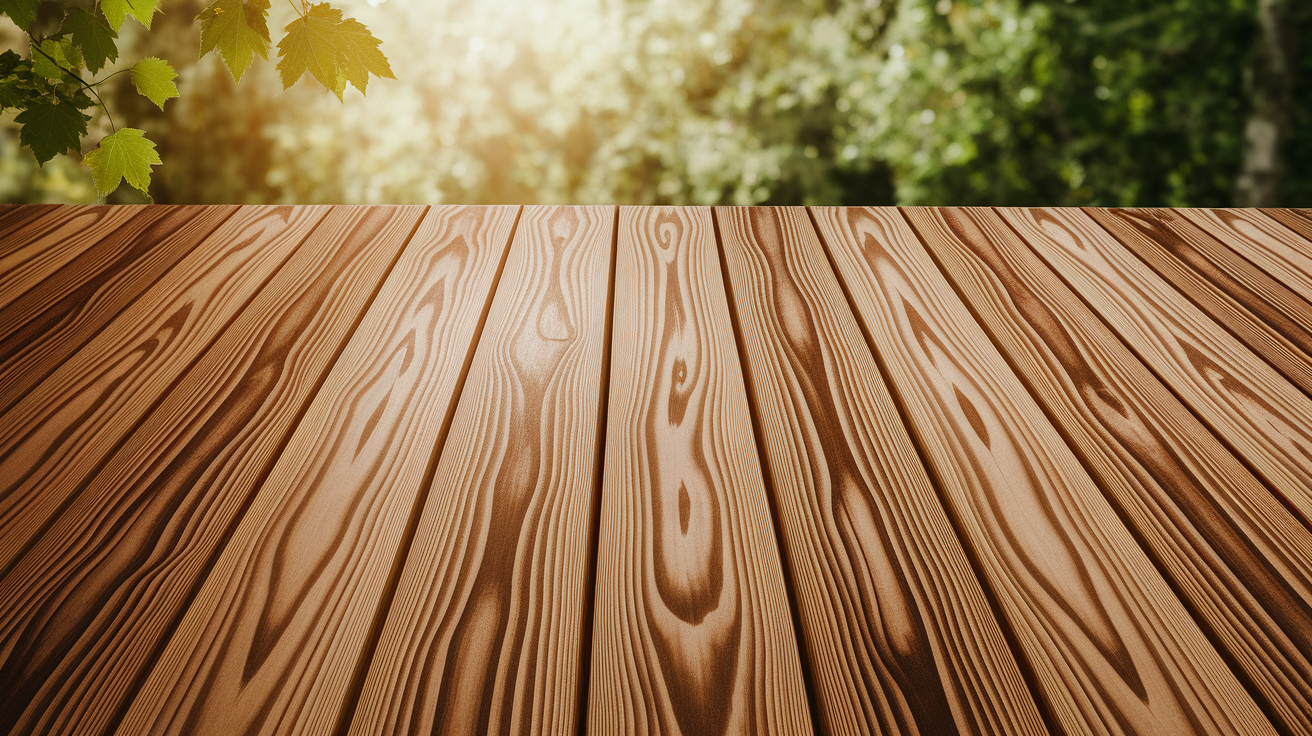
Semi-transparent stains strike a popular balance between showing wood character and adding color.
With more pigment than transparent options, they too provide better UV protection while still allowing the wood’s grain pattern to show through.
These stains can significantly change the color of your deck while maintaining a natural wood look.
- Maintenance tip: Reapply every 2-3 years to maintain color and texture integrity.
- Best uses: Ideal for newer decks that need protection but still have attractive grain worth displaying.
4. Semi-Solid Stains
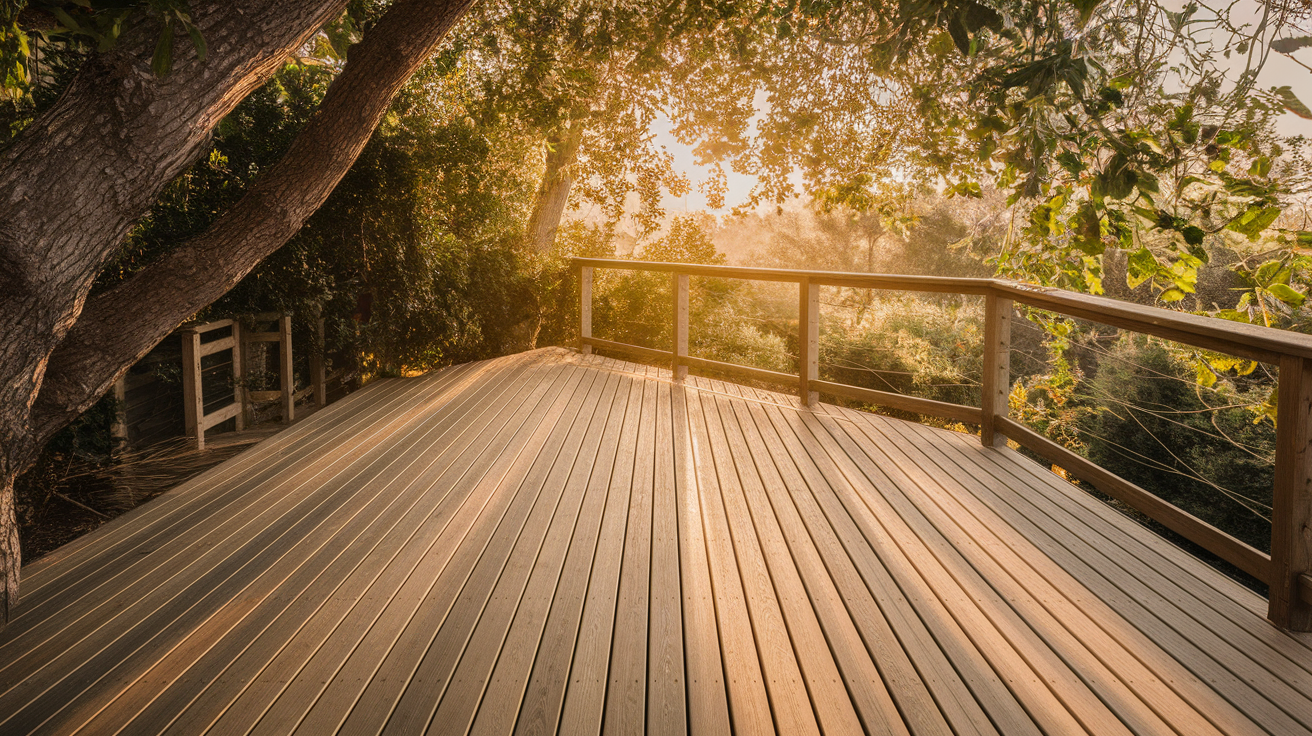
Semi-solid stains contain enough pigment to cover most of the wood grain while still allowing some texture to show through.
They provide substantial UV protection and can hide minor imperfections in older decks.
These stains are a good compromise when you want a significant color change but don’t want the completely uniform appearance of solid stains.
- Maintenance tip: Reapply every 3-4 years for a fresh, durable finish.
- Best uses: Great for decks showing signs of aging or uneven coloration, offering both coverage and texture.
5. Solid Stains
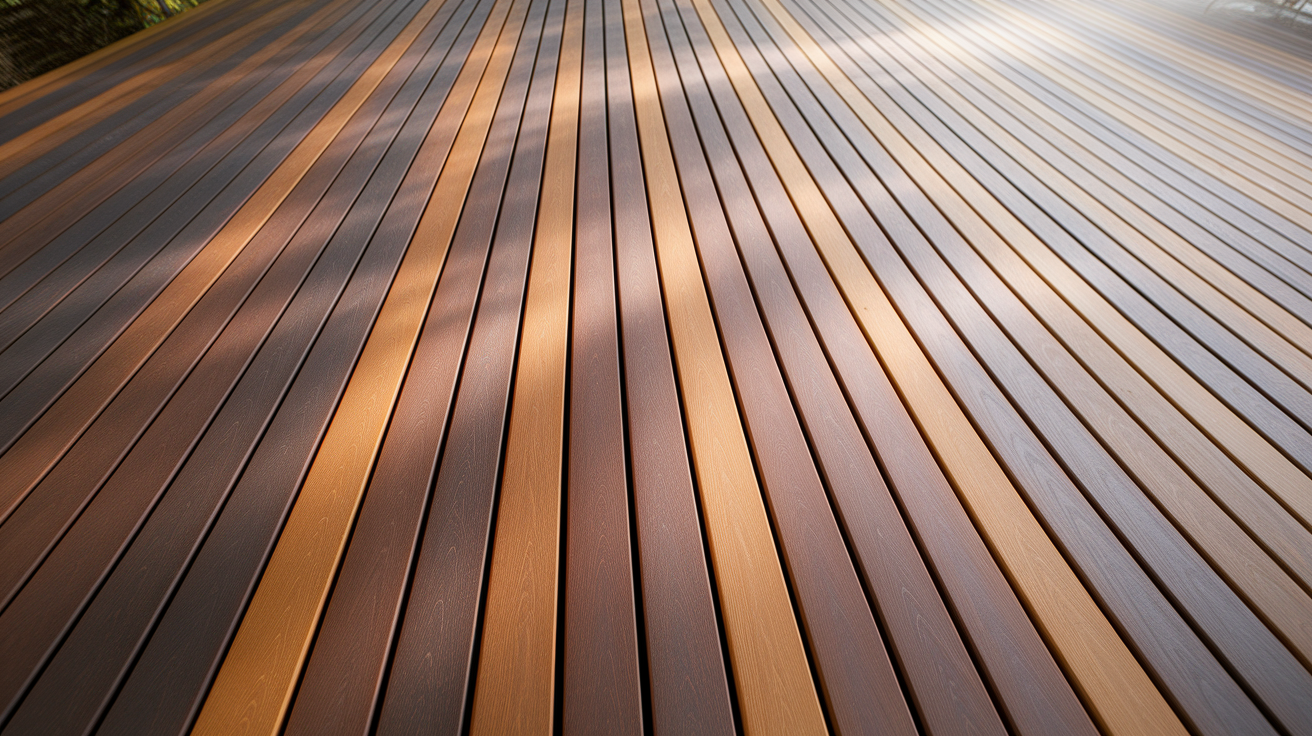
Solid stains are fully opaque, completely hiding the wood grain with a consistent color similar to paint.
Unlike paint, however, they don’t form a film on top of the wood but still penetrate the surface.
They provide maximum UV protection and can completely mask discolorations, weathering, and imperfections in older decks.
- Maintenance tip: Reapply every 3-5 years to maintain a uniform finish and UV protection.
- Best uses: Ideal for severely weathered decks or dramatic color changes.
6. Oil-Based Stains
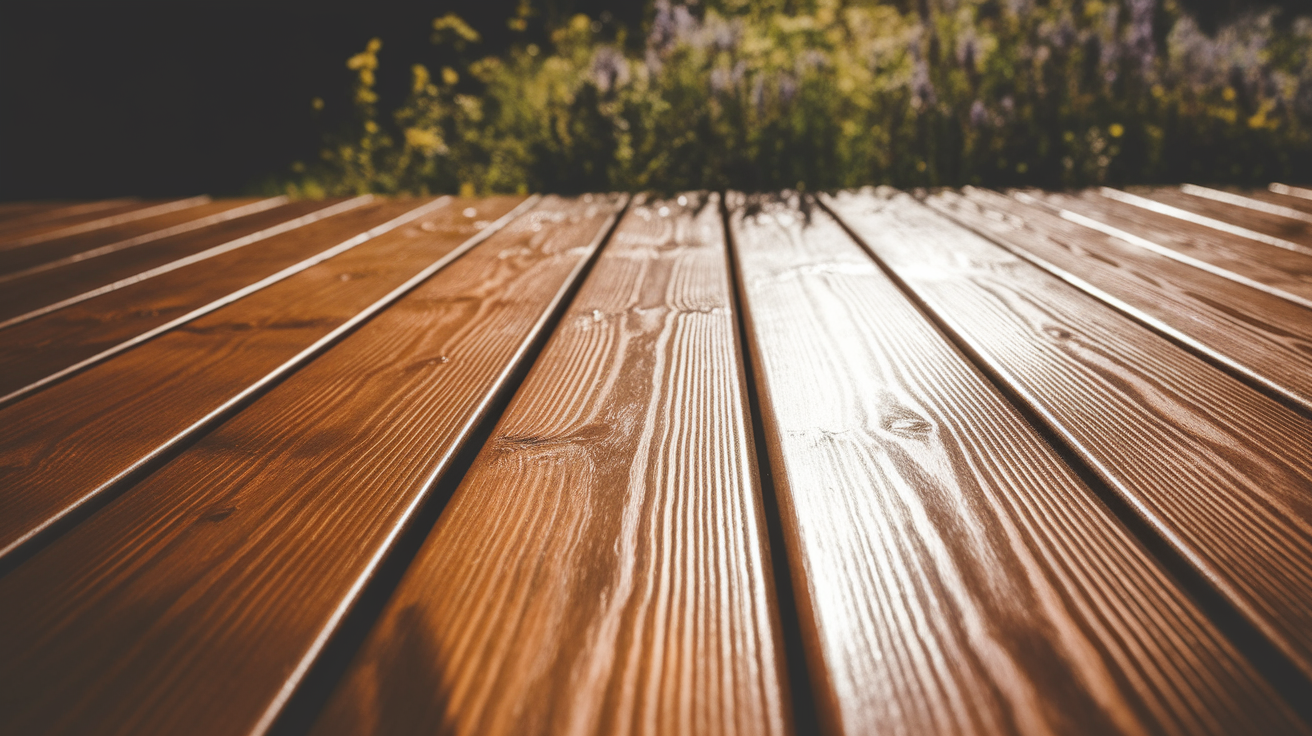
Oil-based stains penetrate deeply into wood fibers, enhancing the grain and providing excellent water repellency.
They typically contain natural oils or alkyds that nourish the wood while protecting it.
These stains offer good UV resistance (depending on pigment level) and create a rich, warm finish that many homeowners prefer.
- Maintenance tip: Reapply as needed and use mineral spirits for cleanup.
- Best uses: Perfect for deep penetration and a rich finish, though they require longer drying times.
7. Water-Based Stains
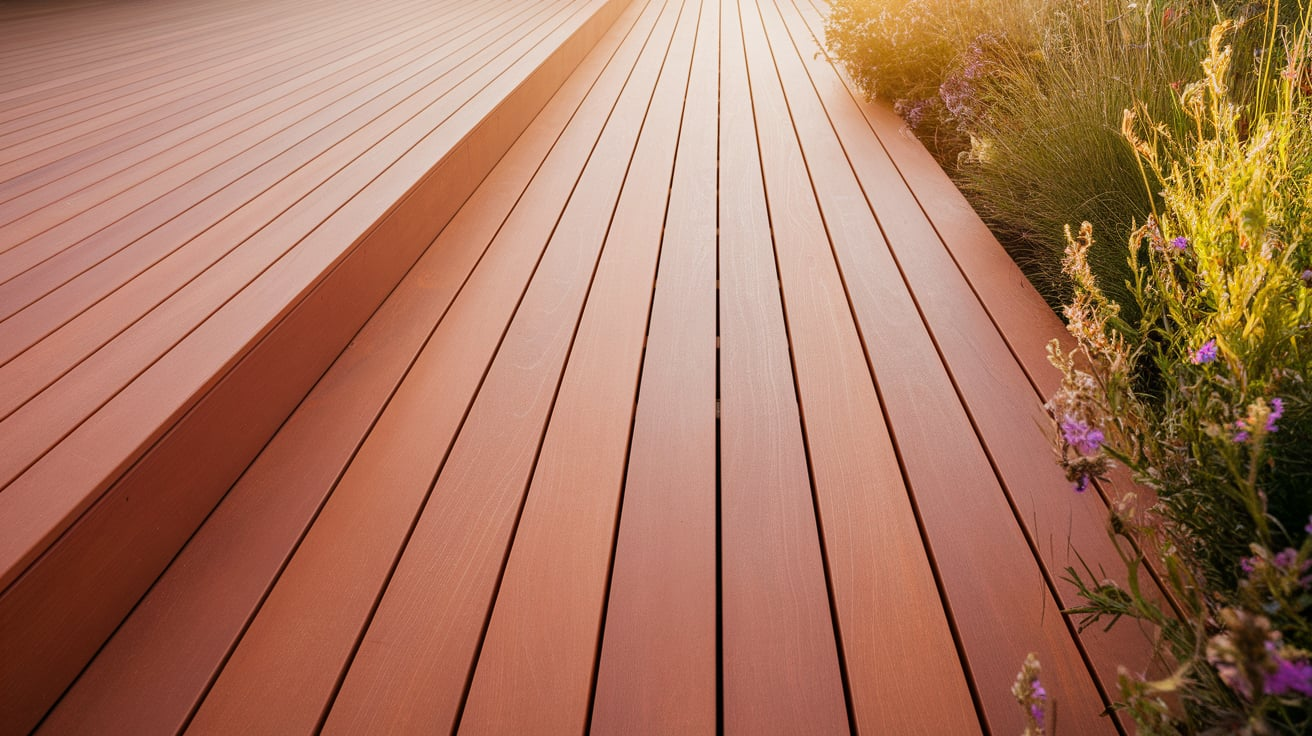
Water-based stains have grown increasingly popular due to their environmental benefits and ease of use. They dry quickly, have minimal odor, and clean up easily with soap and water.
Modern water-based formulations provide excellent protection while being less prone to mildew growth than some oil-based options.
- Maintenance tip: Reapply as needed for better flexibility and to resist cracking.
- Best uses: Ideal for eco-conscious users, those wanting quicker drying times and easy cleanup.
8. Hybrid Stains
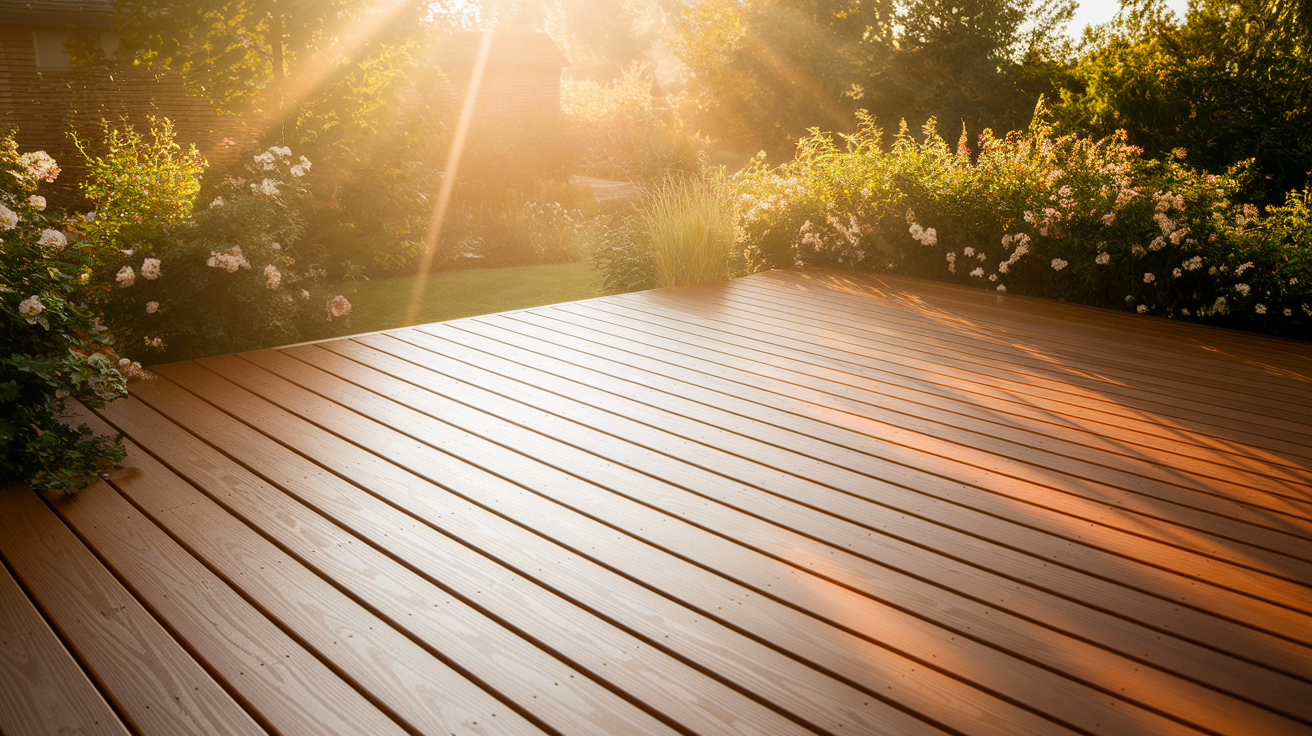
Hybrid stains combine the best qualities of both oil and water-based formulations.
These products typically use water-dispersed oil technology to achieve deep penetration like oil-based stains while offering easier cleanup and lower VOCs like water-based options.
They provide excellent water repellency and moderate to good UV protection, depending on the pigment level.
- Maintenance tip: Reapply as needed for improved durability and water resistance.
- Best uses: Great for those who want both oil-like penetration and eco-friendly features.
9. Acrylic Stains
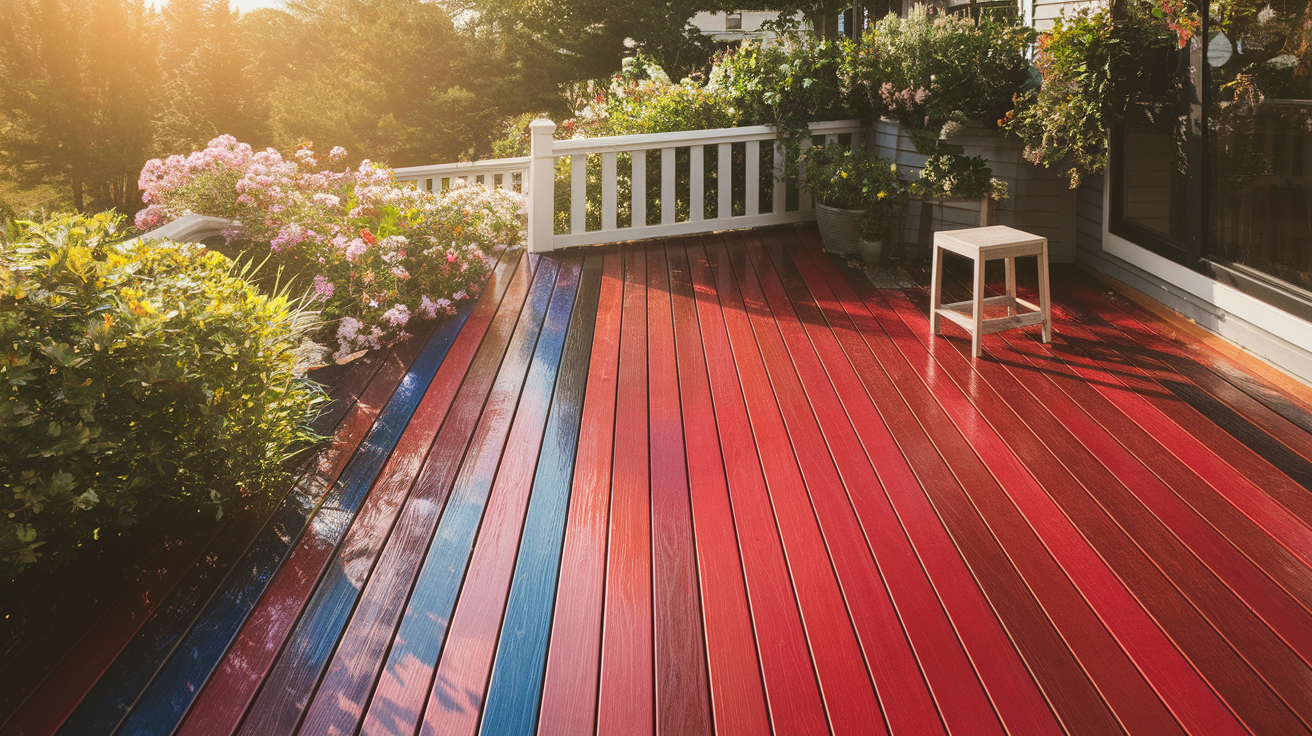
Acrylic stains contain special acrylic resins that provide superior color retention and fade resistance. They form a durable, flexible surface that resists cracking and peeling while providing excellent protection against UV rays. These stains are particularly valuable in sunny locations where other stains might fade quickly.
- Maintenance tip: Reapply for long-lasting color retention, especially in sunny areas.
- Best uses: Excellent for bright, sunny areas where UV protection and color stability are critical.
10. Restoration Stains
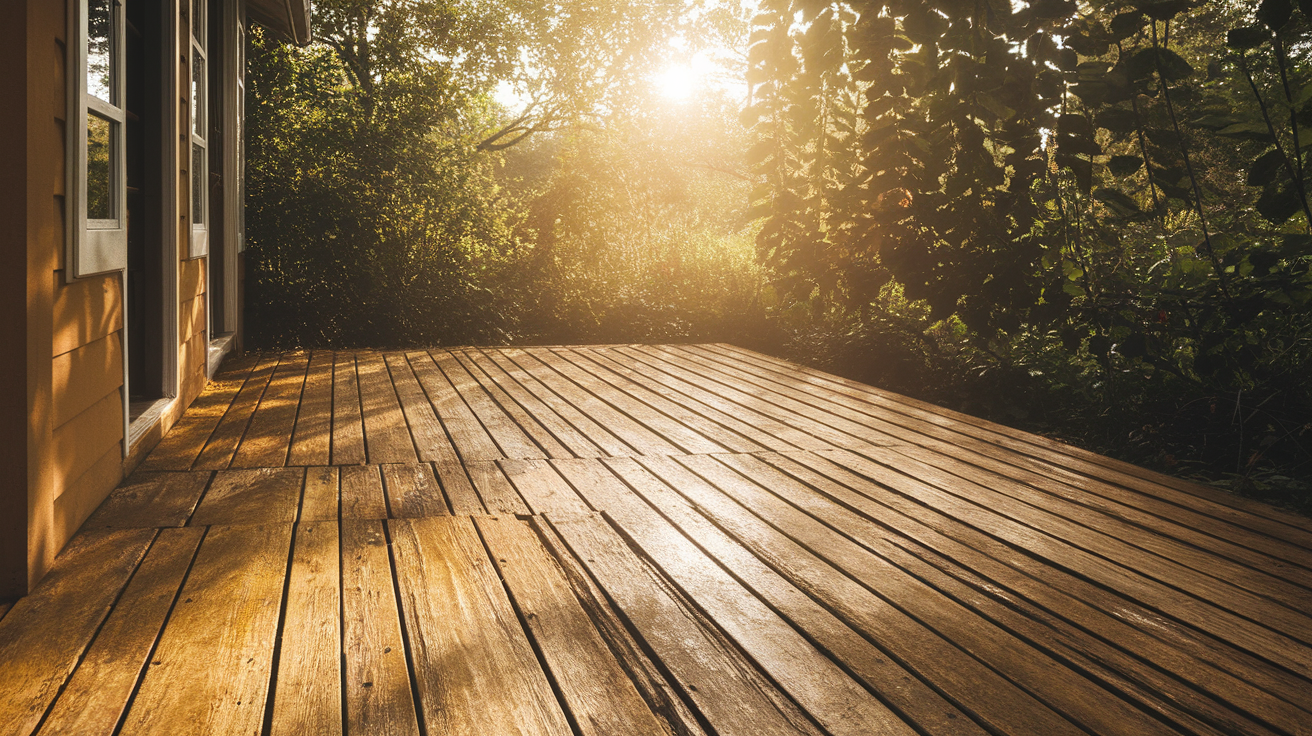
Restoration stains are heavy-bodied formulations designed specifically for severely weathered or damaged decks. They contain a high solids content, which fills in small cracks, splinters, and imperfections while providing a new protective layer. These specialized products can revitalize wood that might otherwise need replacement.
- Maintenance tip: Reapply for restoration and to maintain waterproofing.
- Best uses: Ideal for severely damaged decks, filling cracks, and providing long-lasting UV protection.
Benefits of Deck Staining
Staining your deck delivers far more than just a visual upgrade. It’s an investment that protects your outdoor space while enhancing your home’s overall appeal.
Here’s a table projecting the benefits of deck staining:
| Benefit Type | Details |
|---|---|
| Protection Against Elements |
Prevents water damage with a moisture-resistant barrier. |
|
Shields wood from UV rays, preventing breakdown and fading. |
|
|
Helps prevent fungal growth and mildew formation. |
|
| Enhanced Appearance | Refreshes weathered wood with vibrant color. |
| Customizes appearance to match or complement your home’s exterior. | |
| Covers imperfections and discoloration in older decks (with solid stains). | |
| Practical Advantages | Increases the lifespan of your deck by years. |
| Makes cleaning easier with a sealed surface. | |
| Prevents splinters and reduces long-term maintenance costs. | |
| Value Addition | Improves curb appeal and overall property view |
| Increases home value with enhanced outdoor living space | |
| Creates an inviting atmosphere for outdoor entertaining | |
| Financial Benefits | Costs less than deck replacement |
| Saves money on repairs by offering long-term protection | |
| Extends the life of materials, providing better return on investment |
Conclusion
Choosing the right deck stain to make your outdoor living space while protecting your investment for years to come.
By understanding the differences between stain types and following a simple maintenance routine, you’ll enjoy a beautiful, durable deck that remains the centerpiece of your outdoor entertainment space for many seasons.
The time and effort you invest in proper staining today will pay dividends in reduced repairs and replacement costs tomorrow.



